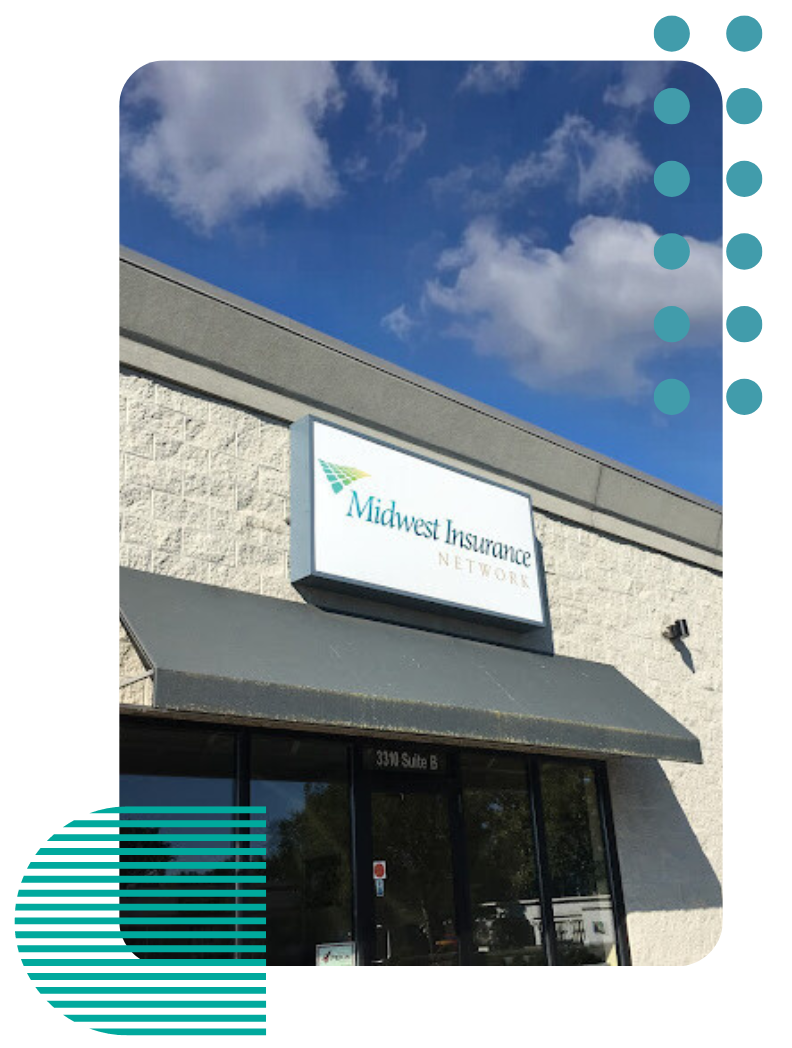Top 3 Recommended Policies
Index
Understanding Product Liability Insurance in Ohio
The Rising Impact of Nuclear Verdicts on Product Liability
Legal Developments Affecting Product Liability in Ohio
Market Trends and Insurance Premiums
Challenges Posed by Litigation Abuse and Rising Costs
Practical Tips for Ohio Businesses Seeking Product Liability Insurance
Conclusion: Navigating Ohio’s Product Liability Insurance Landscape
Contact Us
Phone
agency@midwest-insure.com
Location
Northwood, OH
3310 Woodville Road, Suite D
Northwood, OH 43619
Elmore, OH
361 Rice Street
Elmore, OH 43416
Product liability insurance is a critical safeguard for manufacturers, distributors, retailers, and others involved in the supply chain. In Ohio, where the legal landscape and insurance market are evolving rapidly, understanding product liability insurance is more important than ever. This article explores the current state of product liability insurance in Ohio, recent legal developments, market trends, and practical advice for businesses seeking protection against costly lawsuits.
Understanding Product Liability Insurance in Ohio
Product liability insurance protects businesses against claims arising from injuries or damages caused by defective or unsafe products. This coverage is essential because product liability claims can lead to significant financial losses, including legal defense costs, settlements, and jury awards.
In Ohio, as in other states, product liability claims often involve allegations of design defects, manufacturing errors, or inadequate warnings. These claims can be complex, requiring businesses to have robust insurance policies that cover a range of liabilities. For instance, a company that manufactures toys must ensure that its products are not only safe but also free from choking hazards and toxic materials. Failure to meet these safety standards can result in serious injuries to children, leading to costly lawsuits and reputational damage.
According to the Insurance Information Institute, product liability insurance premiums in the U.S. reached $4.44 billion in 2023, marking a 3.5% increase from the previous year. This rise reflects growing risks and the increasing costs associated with defending product-related claims. Moreover, the evolving landscape of consumer expectations and regulatory requirements means that businesses must stay vigilant and proactive in their risk management strategies. For example, companies are increasingly investing in quality control and product testing to minimize the likelihood of defects that could lead to liability claims.
Additionally, the rise of e-commerce has introduced new challenges for product liability. Online retailers may face claims not only from consumers who purchase their products but also from those who receive items through third-party sellers. This complexity necessitates that businesses understand their liability exposure across various sales channels. Furthermore, as technology advances, issues such as cybersecurity breaches can also affect product safety, making it imperative for businesses to consider comprehensive coverage that addresses both traditional and emerging risks in today's marketplace.

The Rising Impact of Nuclear Verdicts on Product Liability
One of the most striking trends affecting product liability insurance is the surge in "nuclear verdicts"—jury awards exceeding $10 million. In 2024, Ohio saw 135 such verdicts, a 52% increase over 2023, with the total value of these verdicts nationwide reaching $31.3 billion, more than doubling from the previous year.
This escalation in verdict size significantly impacts insurance premiums and the overall liability market. Businesses in Ohio must be aware that the stakes in product liability litigation are higher than ever, making comprehensive insurance coverage indispensable.
The Ohio Insurance Agents highlight how these nuclear verdicts are putting pressure on umbrella markets and driving volatility in insurance pricing, which directly affects product liability insurance costs.
Moreover, the implications of these nuclear verdicts extend beyond immediate financial concerns. They often lead to a reevaluation of product safety standards and corporate practices, as businesses scramble to mitigate risks associated with potential litigation. Companies are increasingly investing in rigorous quality control measures and enhanced product testing protocols to avoid the devastating consequences of a nuclear verdict. This proactive approach not only helps in safeguarding their financial interests but also fosters a culture of accountability and consumer trust.
Additionally, the rise of social media and public sentiment plays a crucial role in shaping the landscape of product liability cases. With consumers more empowered than ever to voice their opinions and experiences online, juries may be influenced by the narratives surrounding a case, often leading to larger awards. This trend underscores the importance of reputation management for businesses, as a single negative incident can escalate into a public relations crisis, further complicating the already challenging environment of product liability litigation.
Legal Developments Affecting Product Liability in Ohio
Recent rulings by the Ohio Supreme Court have introduced new dynamics in product liability litigation. Notably, in December 2024, the court ruled that public nuisance claims related to product liability are barred by the Ohio Products Liability Act. This decision potentially limits the scope of lawsuits that businesses may face under public nuisance theories.
This ruling is a mixed result for policyholders. On one hand, it narrows the avenues for certain types of claims, which can reduce litigation exposure. On the other hand, businesses still face significant risks from other liability claims, underscoring the need for diverse insurance coverage.
As noted by Business Insurance, policyholders and brokers sometimes limit their coverage expectations by focusing on a single policy type. However, multiple policies may collectively cover various liability risks, including product liability and related claims.
Furthermore, the implications of this ruling extend beyond immediate litigation concerns. Companies may need to reassess their risk management strategies and product safety protocols to ensure compliance with the evolving legal landscape. The Ohio Supreme Court's decision could encourage businesses to invest in more robust quality control measures, thereby potentially reducing the likelihood of product defects that could lead to liability claims. This proactive approach not only mitigates risk but also enhances consumer trust and brand reputation.
Additionally, the ruling may influence how legal practitioners approach product liability cases in Ohio. Attorneys specializing in this field will likely need to adapt their strategies, focusing on alternative legal theories and defenses that remain viable under the current framework. This shift could lead to an increase in litigation involving other forms of liability, such as breach of warranty or negligence, as plaintiffs seek new avenues to hold manufacturers accountable for harm caused by their products. The evolving legal context will require all stakeholders to remain vigilant and informed about ongoing developments in product liability law.
Market Trends and Insurance Premiums
The liability insurance market is expanding globally, with the sector valued at $310 billion in 2023 and projected to surpass $325 billion in 2024. This growth reflects increasing demand for liability protection amid rising litigation risks. Factors such as the rapid advancement of technology and the rise of e-commerce have contributed to a more complex risk environment, prompting businesses to seek comprehensive insurance solutions that can address these evolving challenges.
Within this market, product liability claims represent a substantial portion of the risk landscape. According to CoinLaw, product liability claims account for 25% of total claims in the liability sector, highlighting the significant exposure businesses face from defective products. As consumers become more aware of their rights and the legal avenues available to them, companies are increasingly held accountable for the safety and efficacy of their products. This heightened scrutiny has led to a surge in claims, particularly in industries such as pharmaceuticals and consumer electronics, where the stakes are particularly high.
These trends contribute to upward pressure on insurance premiums. Businesses in Ohio should anticipate premium increases and work closely with brokers to tailor coverage that balances cost with adequate protection. Additionally, companies are encouraged to invest in risk management strategies, such as quality control processes and employee training programs, to mitigate potential liabilities. By proactively addressing these risks, businesses can not only protect themselves from costly claims but may also find opportunities to negotiate more favorable terms with their insurers, ultimately leading to a more sustainable approach to liability coverage.
Moreover, the regulatory landscape is also evolving, with new legislation aimed at consumer protection impacting how liability insurance is structured. For instance, states are increasingly enacting laws that impose stricter liability standards on manufacturers and retailers, which can further complicate the insurance landscape. Understanding these regulations is crucial for businesses, as compliance can directly influence their insurance needs and costs. As the market continues to adapt to these changes, staying informed and agile will be key for companies looking to navigate the complexities of liability insurance effectively.

Challenges Posed by Litigation Abuse and Rising Costs
Another factor driving up product liability insurance costs is the abuse of the legal system. Litigation expenses and costs have surged, impacting businesses and consumers nationwide. This phenomenon inflates defense costs and settlement amounts, which insurers pass on through higher premiums.
The Triple-I Blog emphasizes how legal system abuse has become a significant challenge, making it more expensive for companies to defend against claims and maintain affordable insurance coverage.
For Ohio businesses, this means that proactive risk management and comprehensive insurance strategies are more crucial than ever to mitigate exposure and control costs.
Moreover, the ramifications of litigation abuse extend beyond mere financial burdens. Companies often find themselves diverting valuable resources away from innovation and growth initiatives to address legal challenges. This shift in focus can stifle creativity and hinder the development of new products or services, ultimately affecting their competitive edge in the market. Additionally, the emotional toll on employees involved in legal disputes can lead to decreased morale and productivity, further complicating the operational landscape for businesses.
As the legal landscape continues to evolve, it becomes increasingly important for businesses to stay informed about potential changes in legislation and court rulings that could impact liability claims. Engaging with legal experts and industry associations can provide valuable insights and help organizations navigate the complexities of litigation. By fostering a culture of compliance and risk awareness, businesses can not only protect themselves from the pitfalls of litigation abuse but also enhance their reputation and trustworthiness in the eyes of consumers.
Practical Tips for Ohio Businesses Seeking Product Liability Insurance
Given the complex and evolving landscape, businesses should approach product liability insurance with a strategic mindset. Here are key considerations:
- Assess Multiple Coverage Options: Don’t rely solely on one policy type. Explore various insurance products that can collectively cover different liability exposures.
- Understand Legal Changes: Stay informed about state rulings, such as Ohio’s recent Supreme Court decisions, which can affect claim risks and coverage needs.
- Work with Experienced Brokers: Collaborate with brokers who understand the nuances of product liability insurance in Ohio and can negotiate favorable terms.
- Implement Risk Management: Adopt quality control, safety protocols, and product testing to reduce the likelihood of claims and insurance costs.
By following these guidelines, Ohio businesses can better navigate the complexities of product liability insurance and protect themselves against escalating litigation risks. Additionally, it is crucial for businesses to conduct regular audits of their product lines and processes. This proactive approach not only helps in identifying potential hazards but also demonstrates a commitment to safety and quality that can be beneficial in the event of a claim. Regular training sessions for employees on safety standards and product handling can further mitigate risks and enhance the overall safety culture within the organization.
Moreover, businesses should consider the importance of documenting all processes related to product development and safety measures. This documentation can serve as critical evidence in defending against liability claims. In the event of litigation, having a well-documented history of compliance with safety regulations and quality assurance practices can significantly strengthen a business's position. Engaging legal counsel familiar with product liability issues can also provide invaluable insights and help navigate the complexities of the legal landscape, ensuring that businesses are well-prepared for any challenges that may arise.
Conclusion: Navigating Ohio’s Product Liability Insurance Landscape
Ohio’s product liability insurance environment is shaped by rising nuclear verdicts, evolving legal standards, and increasing insurance premiums. Businesses must remain vigilant and proactive in securing comprehensive coverage that addresses their specific risks.
Understanding the market trends and legal developments, such as the Ohio Supreme Court’s rulings and the surge in high-value jury awards, is essential for making informed insurance decisions. Partnering with knowledgeable brokers and implementing strong risk management practices can help Ohio companies safeguard their operations and financial health.
For more detailed insights into the challenges and opportunities in Ohio’s liability insurance market, the
Ohio Insurance Agents provide valuable resources that can guide businesses through this complex terrain.




